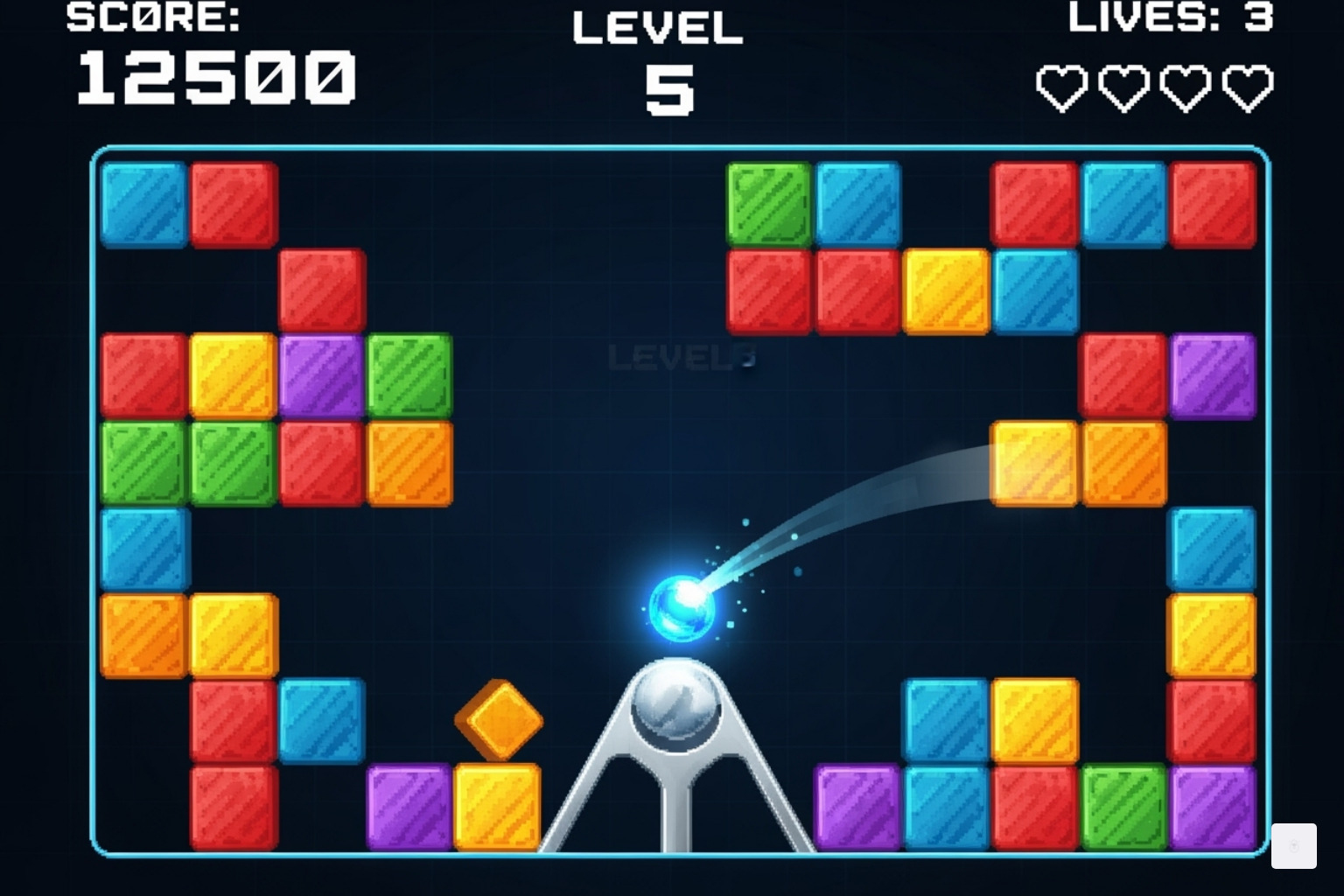In the vast landscape of video games, sometimes the simplest concepts offer the greatest satisfaction. Amidst sprawling open worlds and complex narratives, there’s a refreshing appeal to games that are easy to pick up, yet challenging to master. One such game, a timeless classic reimagined for the modern web, is Block Breaker. You can find it at block breaker. It’s a digital descendant of brick-breaking arcade games, and promises a surprisingly engaging experience. This article explores the core gameplay, provides useful tips, and delves into why this seemingly basic game continues to captivate players.
Understanding the Core Gameplay
The premise of Block Breaker is elegantly straightforward: control a paddle at the bottom of the screen to bounce a ball upwards, aiming to destroy a configuration of blocks at the top. Each block hit disappears, and the objective is to clear all blocks from the level to advance. Sounds easy, right? Well, the beauty of Block Breaker lies in its gradual increase in difficulty and the subtle nuances that emerge as you play.
The game begins with a set of blocks arranged in a pattern. Typically, these patterns start simple, allowing you to get a feel for the ball’s trajectory and the paddle’s responsiveness. The paddle is controlled using your mouse or keyboard, moving left and right to intercept the ball as it descends. The angle at which the ball hits the paddle significantly impacts its rebound direction. Hitting the ball near the edge of the paddle sends it off at a sharper angle, while hitting it closer to the center produces a more vertical bounce. Mastering this angle control is paramount to effectively clearing the blocks.
As you progress through levels, the game introduces a variety of challenges. The arrangement of blocks becomes more complex, sometimes incorporating multiple layers or strategically placed gaps. Some blocks might require multiple hits to break, adding an extra layer of difficulty. Occasionally, power-ups appear when blocks are destroyed. These power-ups can be both beneficial and detrimental. A power-up might expand your paddle, making it easier to catch the ball, or it could speed up the ball, increasing the challenge. Some power-ups even allow you to shoot the blocks. Understanding the effects of each power-up and using them strategically is crucial for success.
The game ends when you fail to catch the ball, resulting in the loss of a life. You are typically given a limited number of lives, and running out of lives results in a game over. This system creates a sense of tension and encourages careful play. It’s not about brute force; it’s about precision and anticipating the ball’s movement.
Helpful Tips for Becoming a Block Breaker Pro
While the core gameplay is intuitive, mastering Block Breaker requires practice and a strategic approach. Here are some tips to help you improve your skills and maximize your enjoyment of the game:
Master Angle Control: As mentioned earlier, the angle at which the ball hits the paddle is critical. Experiment with different paddle positions to understand how they affect the ball’s trajectory. Practice aiming for specific areas of the block arrangement to clear them efficiently.
Anticipate the Ball’s Movement: Don’t just react to the ball’s current position; try to predict where it will be next. This allows you to position the paddle in advance, making it easier to intercept the ball. Look for patterns in the ball’s movement and use them to your advantage.
Prioritize Strategic block breaker: Some blocks are more important than others. Focus on clearing blocks that are obstructing pathways to other blocks or that are positioned in hard-to-reach areas. Removing these strategic blocks can open up the entire level.
Overview
- Condition: Used





